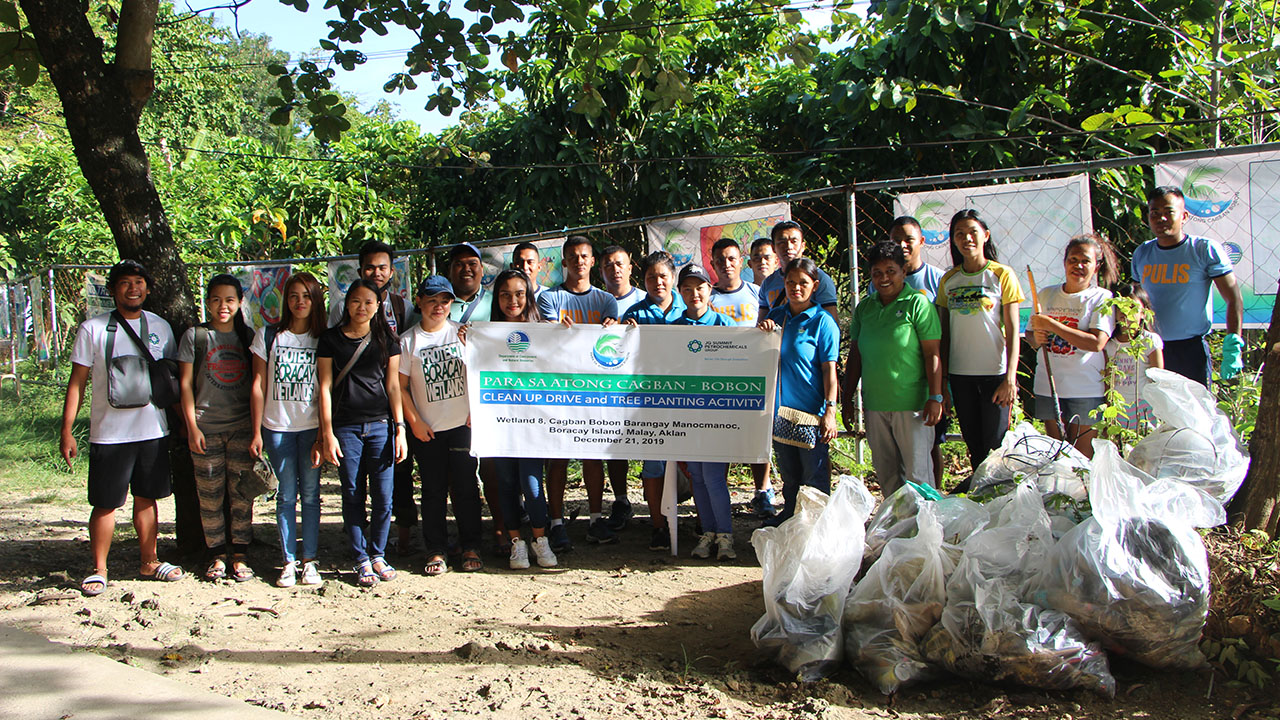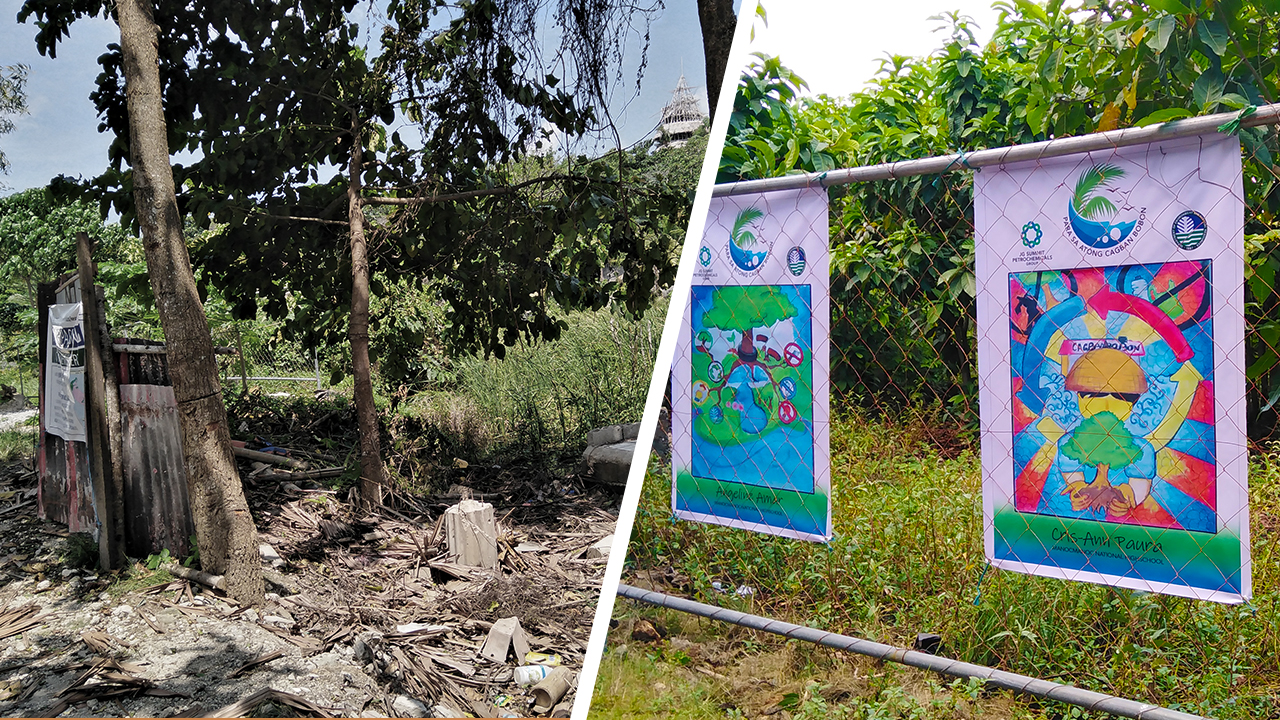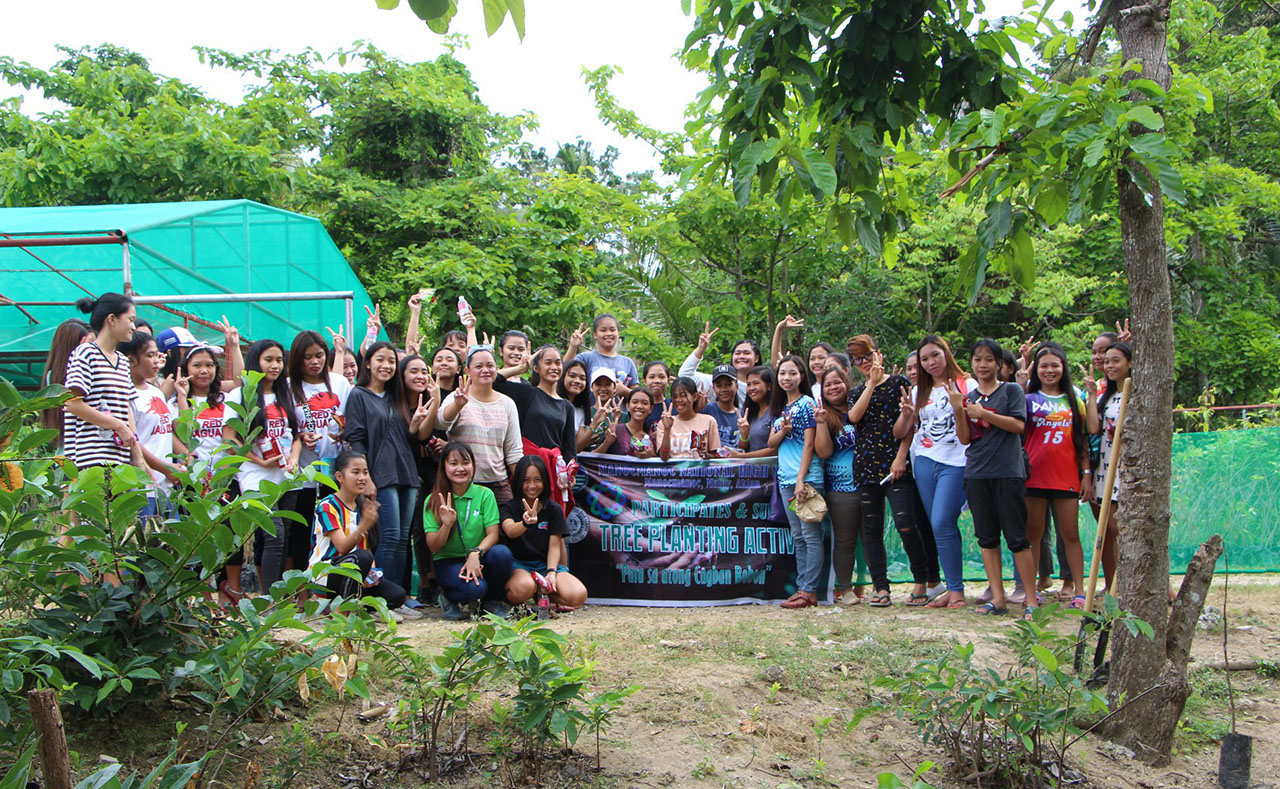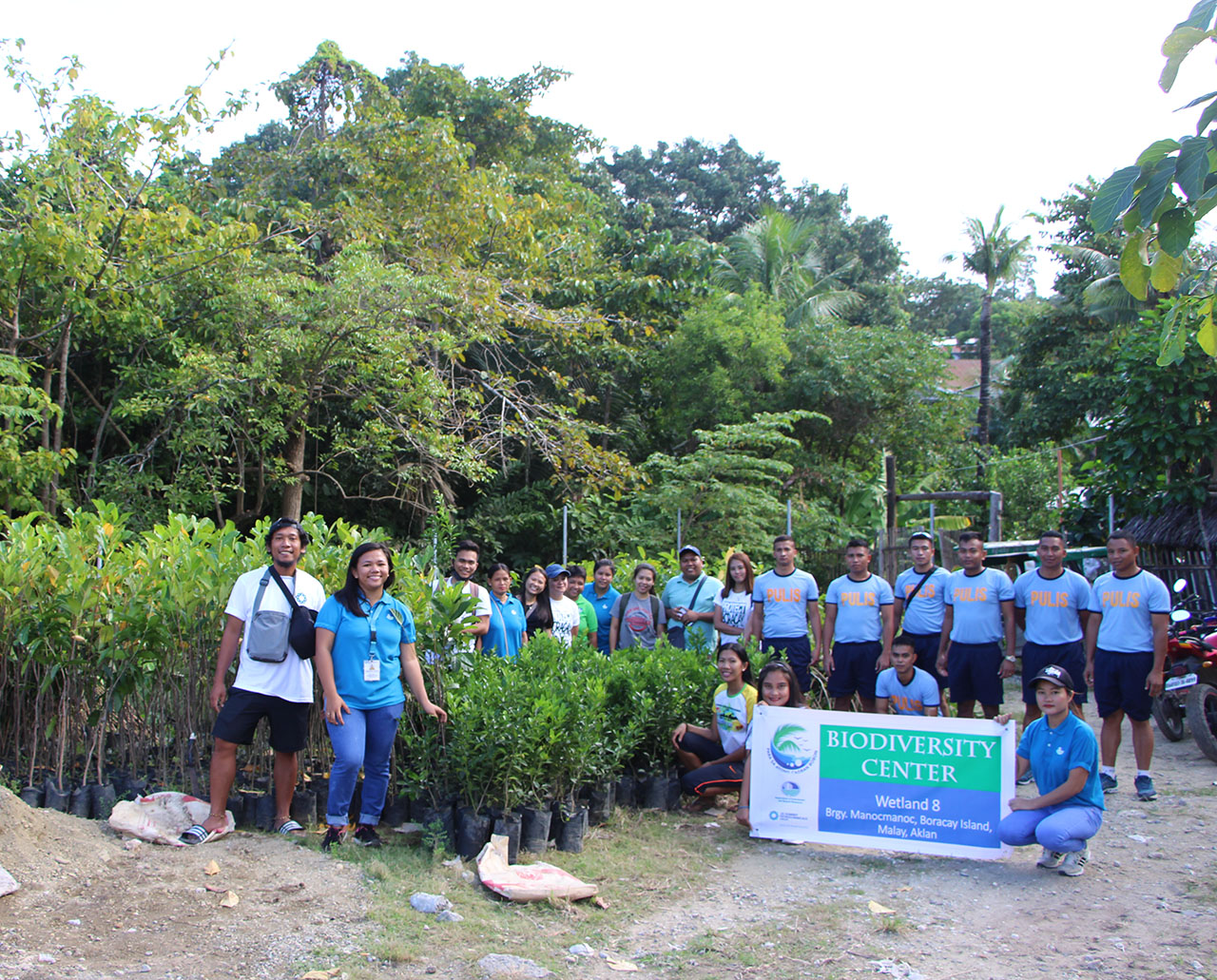Wetlands serve as a valuable home to biodiversity. Swamps and marshes that make up wetlands filter out pollutants in the water that passes through them. Wetlands also contribute ecosystem services, providing value in terms of sustaining water supply and soil quality as well as protecting riverbanks and coastlines against flooding and erosion. Many people likewise rely on wetlands for livelihood.
It is in recognition of the manifold benefits of wetlands that JGSPG, through adoption of Wetland No. 8, heeded the call of government early last year to help in the rehabilitation and promotion of ecological sustainability of Boracay Island.

At the March 2019 signing of the Adopt-A-Wetland agreement between the Department of Environment and Natural Resources (DENR) and JG Summit Petrochemicals Group, JGSPG President and CEO Patrick Henry Go said that it is important for government and the private sector “to work together in efforts that aim to protect and preserve our planet and the environment.” He further added “that undertaking effective community-based programs helps build and shape the future of stakeholder communities.”
Both have been demonstrated by the progress that has been achieved in Wetland No. 8, a 1.8-hectare swamp and marshland located in Brgy. Manocmanoc in Boracay Island that is home to 39 species of trees and 20 faunal species of birds, fish, mammals and gastropods.
JGSPG launched in July last year the Para sa Atong Cagban Bobon initiative aimed to restore the environmental sustainability of Wetland No. 8 and prevent further degradation of its ecosystem, espousing a private-public sector collaborative approach with the active involvement of other stakeholder communities. The launch was held in celebration of the International Day for the Conservation of the Mangrove Ecosystem.
Anchored in environmental stewardship and community engagement, Para sa Atong Cagban Bobon focuses on contributing to Goal 15 of the United Nations’ Sustainable Development Goals, which is to “Protect, restore and promote sustainable use of terrestrial ecosystems, sustainably manage forests, combat desertification, and halt and reverse land degradation and halt biodiversity loss.” The partnership between DENR and JGSPG likewise contributes to Goal 17, which aims to “strengthen the means of implementation and revitalize the Global Partnership for Sustainable Development.”

To protect the two sites that make up the 1.8-ha wetland from further unauthorized activities such as the dumping of waste and construction of illegal structures, the completion of perimeter fencing was prioritized.
Since the adoption of the wetland, clean-up drives to clear the area of solid waste and other debris have been held regularly. In this endeavor, JGSPG enlisted the help of barangay officials, the local environment and natural resources office, youth groups, law enforcement, non-government organizations, schools, and community residents. Around 1,160 kilos of trash and debris have been cleared from the area so far.
Next to be undertaken was the completion of a biodiversity center that will house a tree nursery. As of the end of February 2020, a total of 6,730 seedlings, made up of various types of fruit-bearing species and mangrove tree species, have been delivered to the center, awaiting distribution.

One of the critical components of Para sa Atong Cagban Bobon is the rehabilitation of vegetation. To date, 483 seedlings have been planted inside the two sites, and 550 seedlings have been distributed to residents of Brgy. Manocmanoc. Sustained tree-planting activities inside the wetland sites and distribution of seedlings to community residents are planned throughout the year.
Another major element of the initiative is Communication, Education and Public Awareness (CEPA) activities. Various Information, Education, and Communication (IEC) campaigns with the community and with elementary and secondary schools have been conducted, which included a poster-making contest participated in by 18 students, an essay-writing contest participated in by 15 students, and distribution in different schools of infographic materials on why wetland biodiversity matters.
In February this year, World Wetlands Day was celebrated with a clean-up and tree-planting activity spearheaded by JGSPG and participated in by partners instrumental in the progress made so far in Wetland No. 8.
With the success of Para sa Atong Cagban Bobon, the community of Brgy. Manocmanoc benefits from the restoration of Wetland No. 8 to a functional wetland that provides cleaner air and water, and from economic and work opportunities that will potentially be created. Key to the success of the program was JGSPG’s close and constant collaborations with various stakeholders including local government, law enforcement, non-government organizations, the academe, and community residents.
For more information, visit the JGSPG Corporate Office at Robinsons Cyberscape Gamma Building, Topaz and Ruby Roads, Ortigas Center, or call 8230-5000, 8397-3200. jgspetrochem.com



